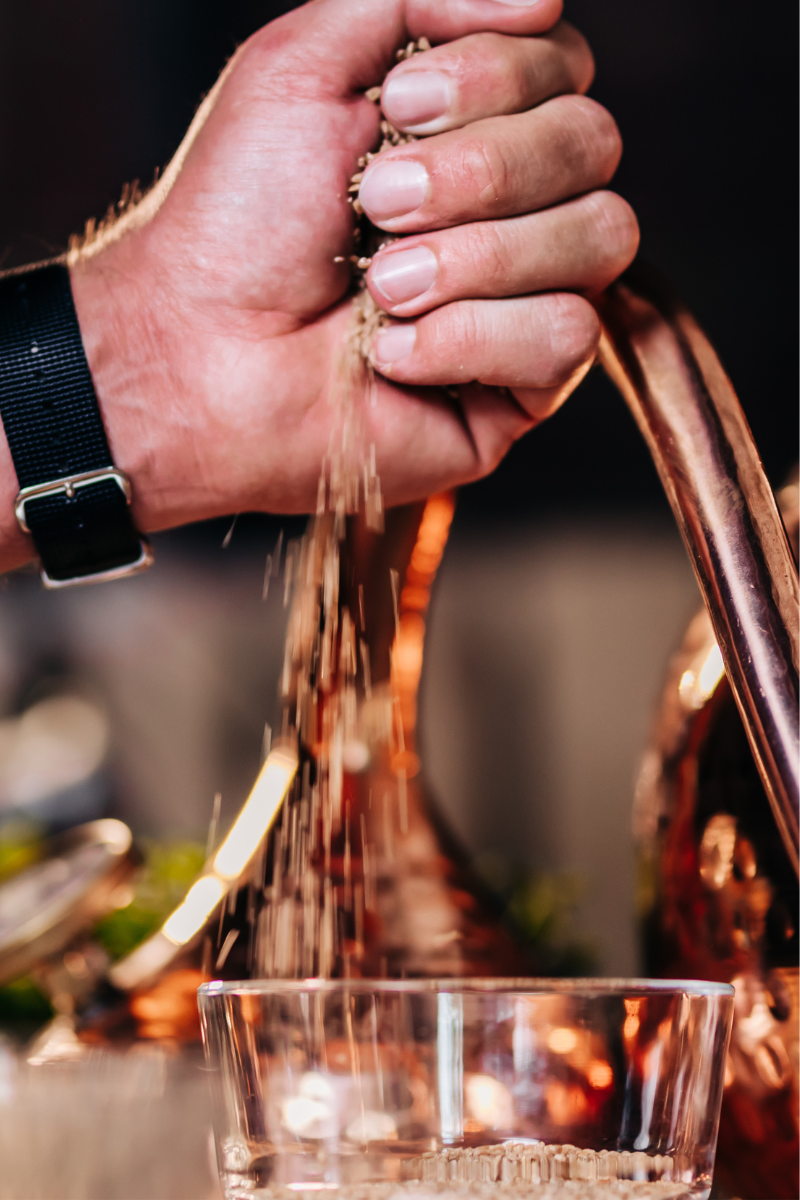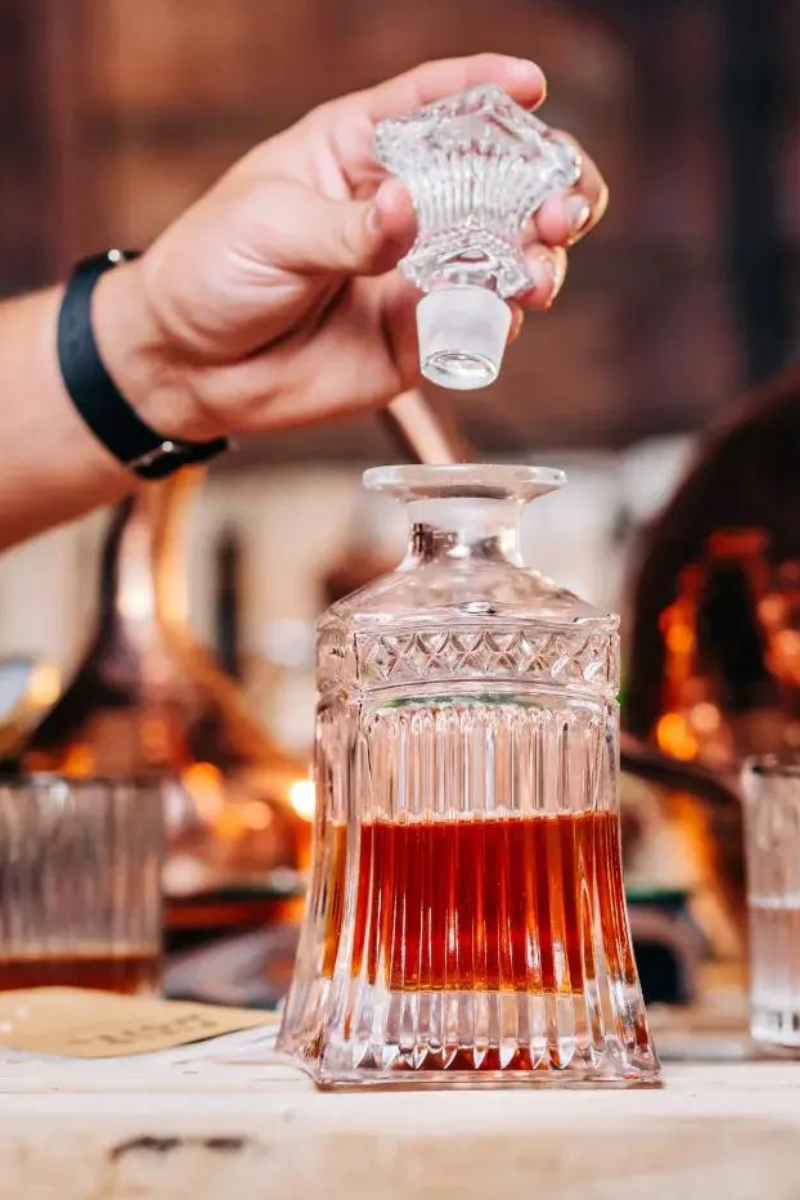Diving into the world of home distilling is a journey that combines science, skill, and a bit of alchemy. One of the most critical elements to master in this craft is temperature control. Proper temperature management ensures safety and profoundly affects the quality of the final product. Let's explore why temperature is pivotal in distilling and how to control it effectively.
The Critical Role of Temperature in Distilling:
Temperature control is not just about safety; it's about precision. During distillation, managing heat correctly is crucial for producing a high-quality spirit. Here's why detailed attention to temperature matters:
- Safety First: Distilling involves high temperatures, typically around 200 degrees Fahrenheit. It's vital to keep your distilling area safe for everyone involved by monitoring and controlling the heat to prevent accidents.
- Quality of Distillate: Your final product's quality heavily depends on how well you manage temperature. The process needs consistent and precise heat to ensure that the right flavors and alcohol strengths are achieved.
Key Temperature Points in Distilling:
- Pot Boiler Temperature: Start by monitoring the temperature where your mash is boiling. Keep it between 175 and 195 degrees Fahrenheit to ensure efficient alcohol vapor production, and never let it exceed 212 degrees Fahrenheit, as this indicates water is boiling, not alcohol.
- Column Top Temperature: This tells you about the alcohol vapors as they condense. Keep this temperature below 180 degrees Fahrenheit to prevent overheating and losing alcohol quality.
- Condenser Coil Temperature: The coil should remain cool to the touch. Use cold running water or ice packs to maintain its temperature. If it becomes warm, reduce the heat immediately to prevent damage and inefficiency.
Why Distilling Temperature is Crucial:
- Sealing the Still: As the still heats up, its metal expands and tightens the seams. Seal any leaks with homemade flour paste at around 100 degrees Fahrenheit to maintain internal pressure and prevent vapor leaks.
- Making Precise Cuts: Different components of the mash boil off at different temperatures. By carefully controlling the still's temperature, you can effectively separate the distillate's 'heads,' 'hearts,' and 'tails', ensuring the purity of the spirits.
- Ending the Run: As the distillation progresses, the pot's water content increases as the alcohol boils off. Avoid letting temperatures rise above 212 degrees Fahrenheit since you'd only be boiling water beyond this point.
Temperature Control Tips:
- Use Multiple Thermometers: Place them strategically to monitor temperatures at various points of the still for accurate readings.
- Avoid Laser Thermometers: These can reflect off polished surfaces like copper and provide inaccurate readings. Always measure the internal temperature.
- Protect Yourself: Always use insulated gloves when adjusting or handling the still during operation.
Conclusion:
Effective temperature control is a cornerstone of successful distilling. By understanding and managing the heat in your still, you can enhance the safety and quality of your home-distilled spirits. Every batch you create is an opportunity to refine your technique and produce something truly exceptional.
Updated Revision from Jim Thomas's 2015 Post
Photo credit: Eli Christman



